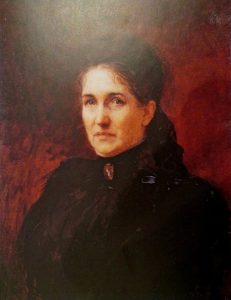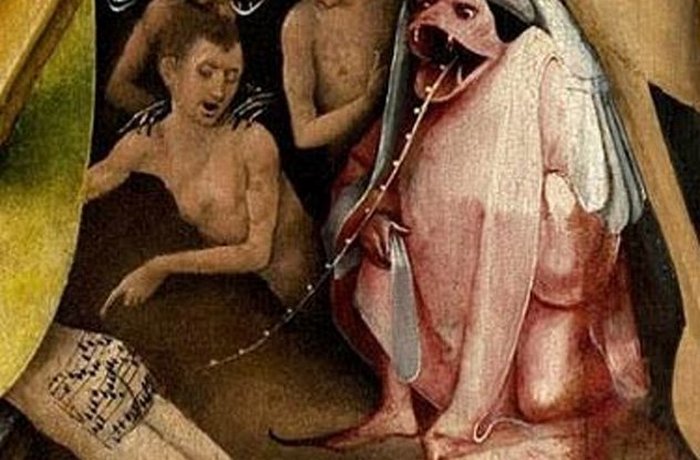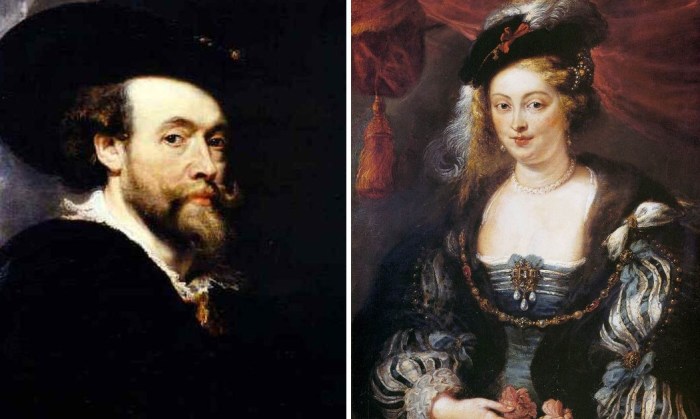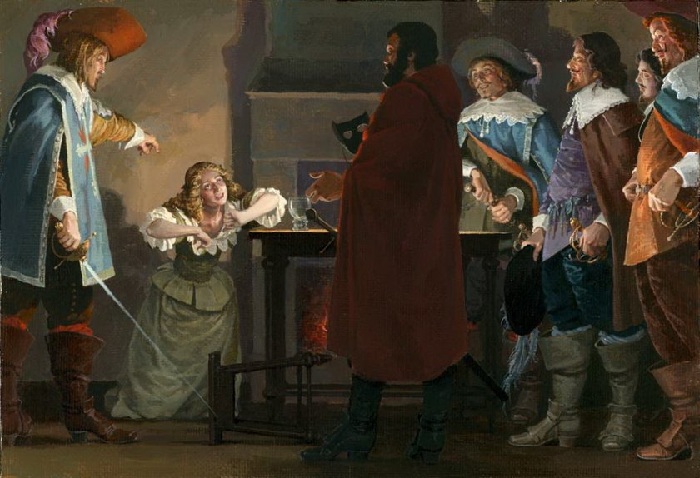deciphering paintings
Solid Charm: Elizabeth Boehm Vintage Postcards
 Postcards of Elizabeth Boehm were incredibly popular at the turn of the XIX-XX centuries. They could be seen in the collections of the imperial family, in the Tretyakov Gallery and in the huts of ordinary peasants. Charming children in Russian national costumes, depicted in various everyday scenes, still cause the tenderness of the inhabitants.
Postcards of Elizabeth Boehm were incredibly popular at the turn of the XIX-XX centuries. They could be seen in the collections of the imperial family, in the Tretyakov Gallery and in the huts of ordinary peasants. Charming children in Russian national costumes, depicted in various everyday scenes, still cause the tenderness of the inhabitants.
Elizaveta Merkuryevna Boehm (nee Endaurova) was born a respected wealthy family in 1843. The artist recalled: “In letters to my friends in St. Petersburg I constantly put my pictures of dolls and animals; and it was this that drew the attention of several people who understood that I should seriously take up drawing. ” Continue reading
VARIETIES OF GENRE STILL LIFE
 Still life (with FR. nature morte-dead, inanimate nature) – artistic depiction of various household items.
Still life (with FR. nature morte-dead, inanimate nature) – artistic depiction of various household items.
In the XV-XVI centuries still life was considered as part of a historical or genre composition. Early still lifes often performed a utilitarian function, for example, as a decoration of Cabinet doors or to mask a wall niche.
As an independent genre of painting still life was formed in the XVII century in the works of Dutch and Flemish artists.
The term nature morte (dead nature) appeared in the XVIII century and reflected a dismissive attitude to the still life by the academic community, which preferred the “high” genres, the area of which was “living nature” (historical, battle, allegorical, religious, mythological). Until the end of the XIX century still life was considered as a “lower” genre.
The heyday of still life painting is associated with the invention in the XIX century of the method of production of tube paints and the appearance of plein-air painting. Continue reading




